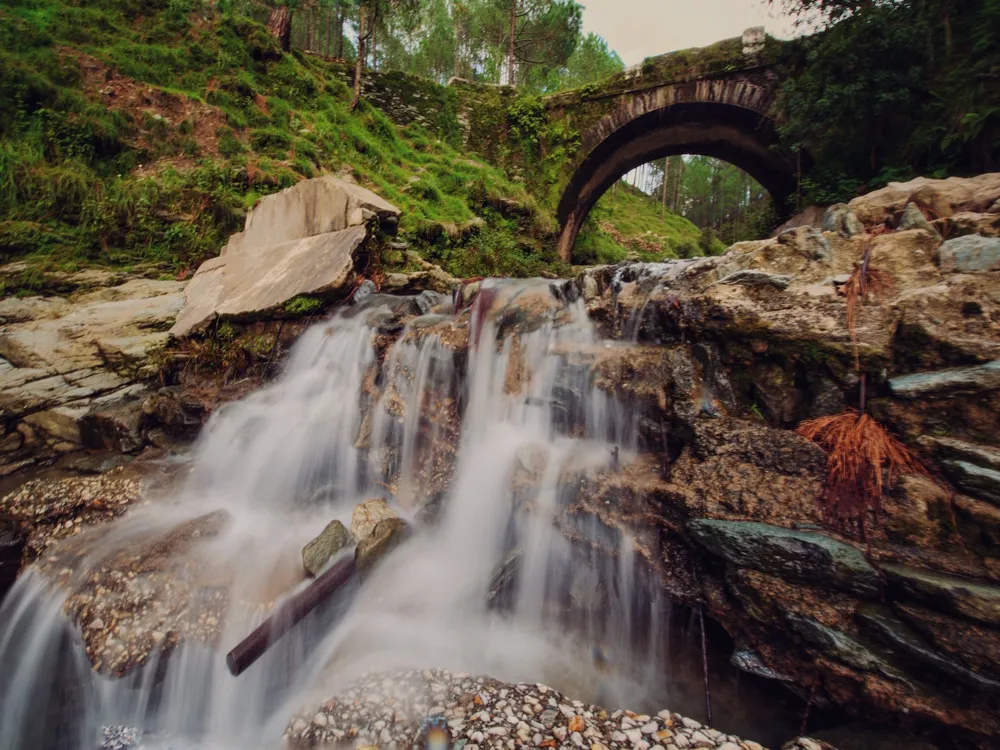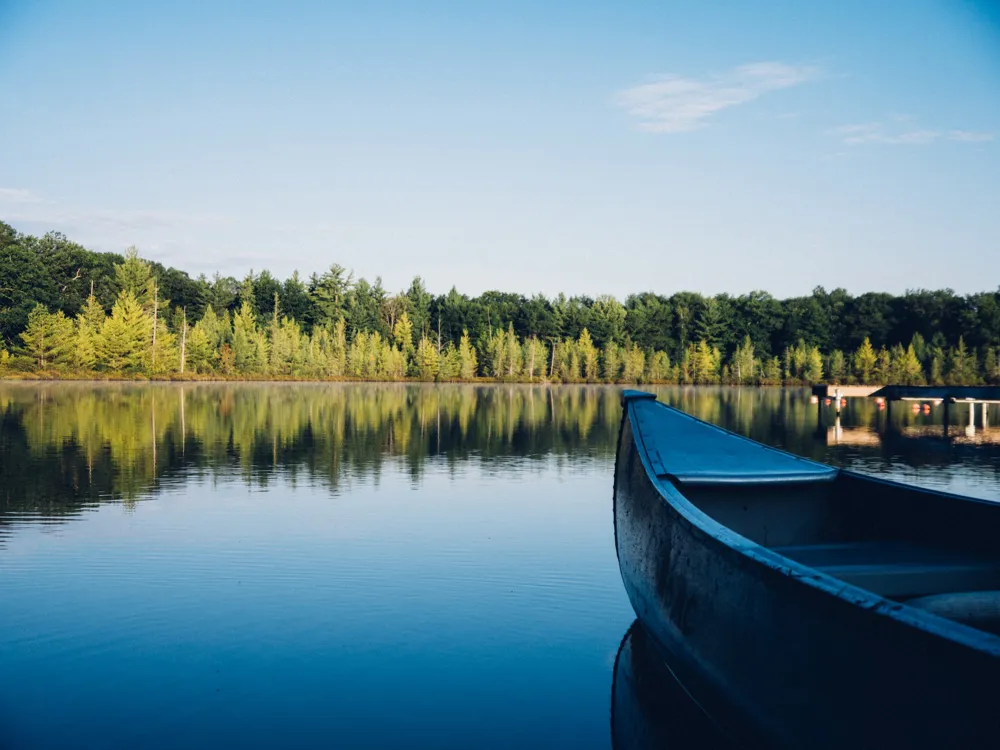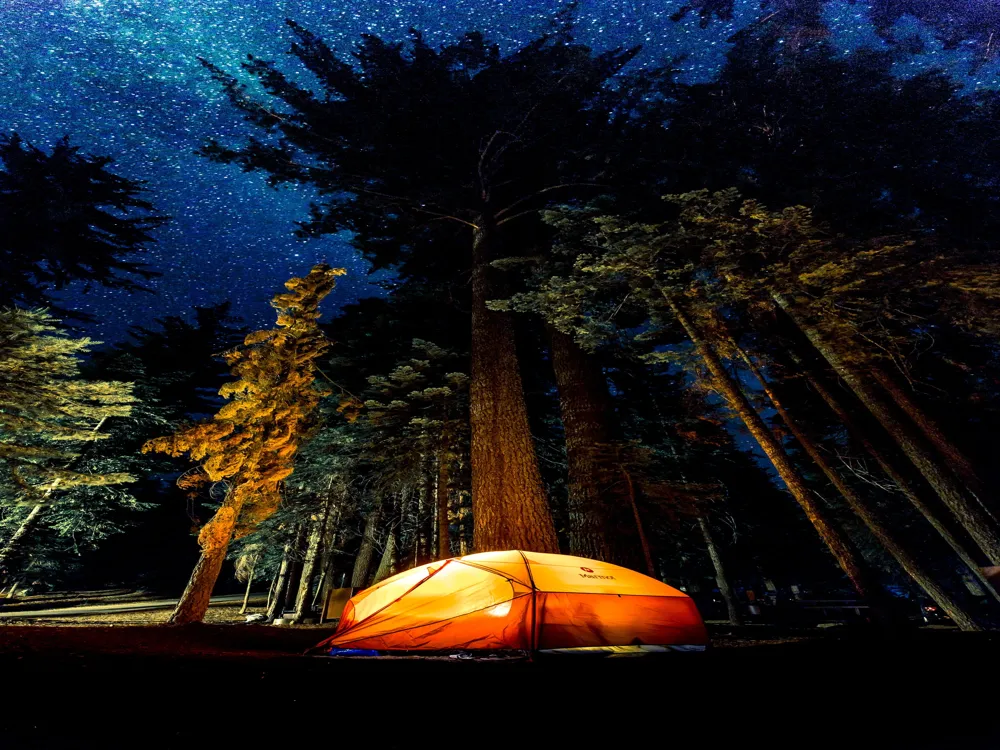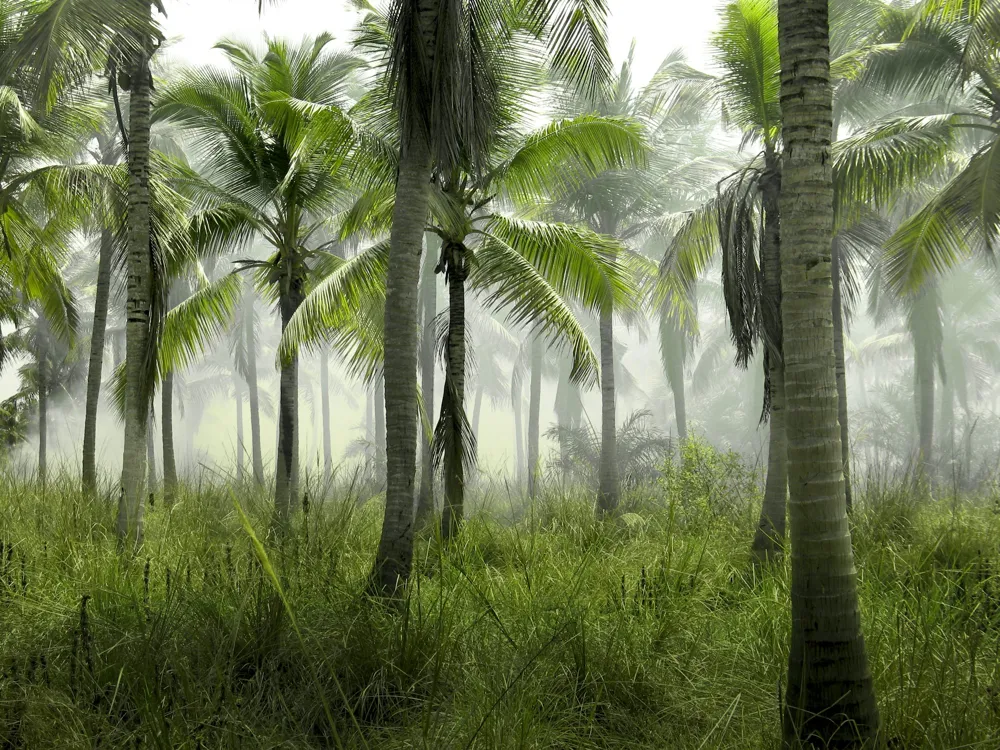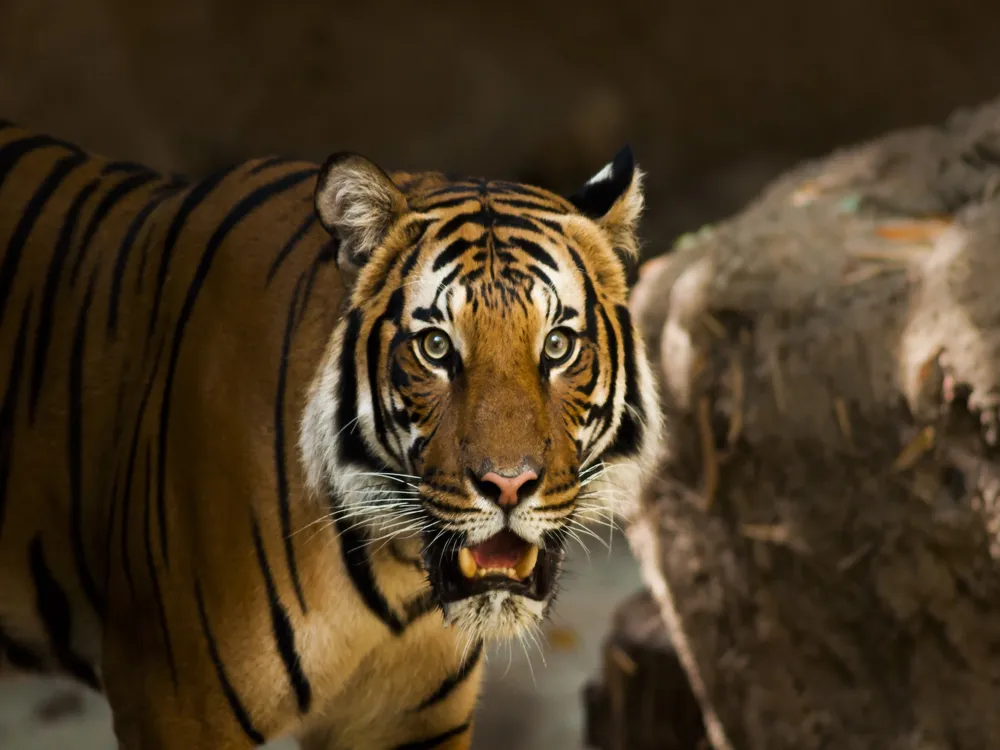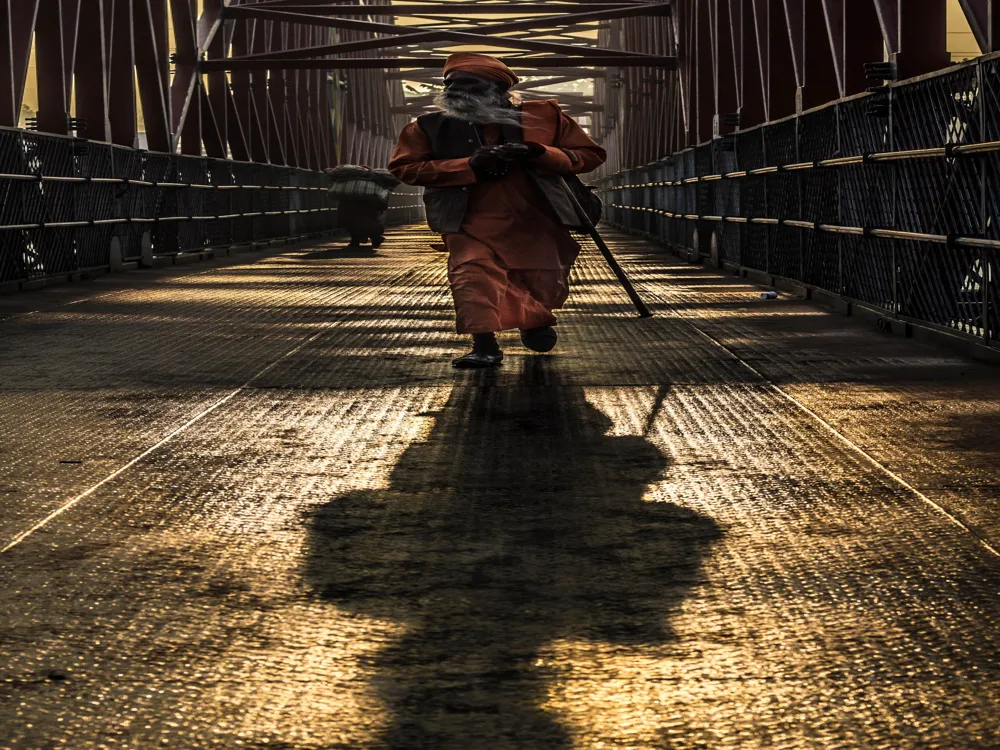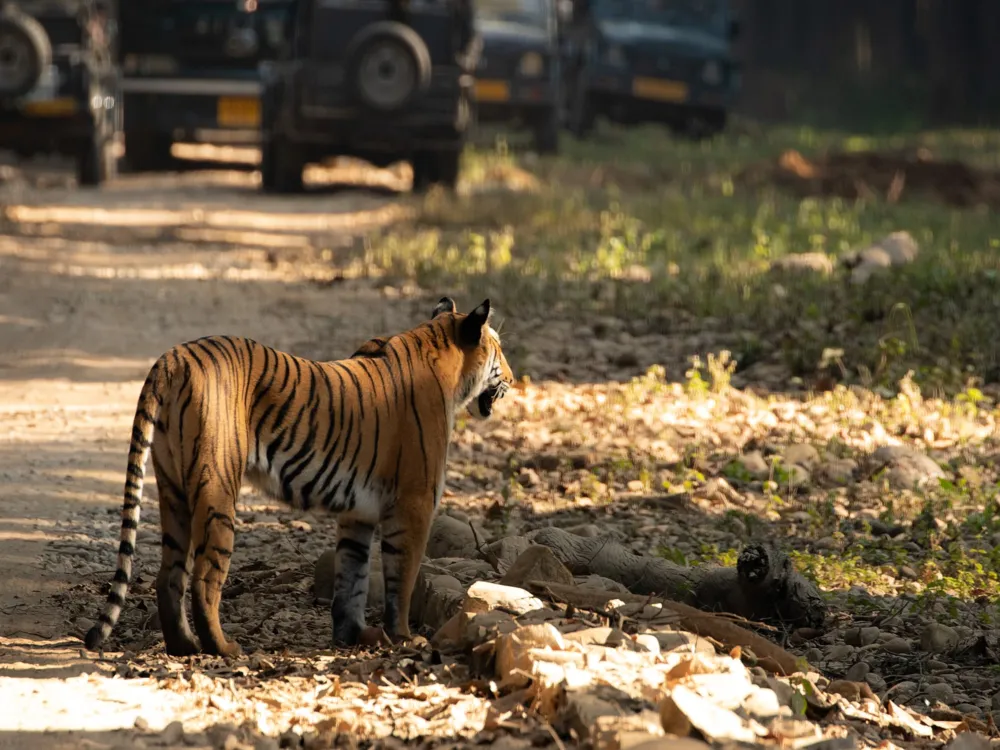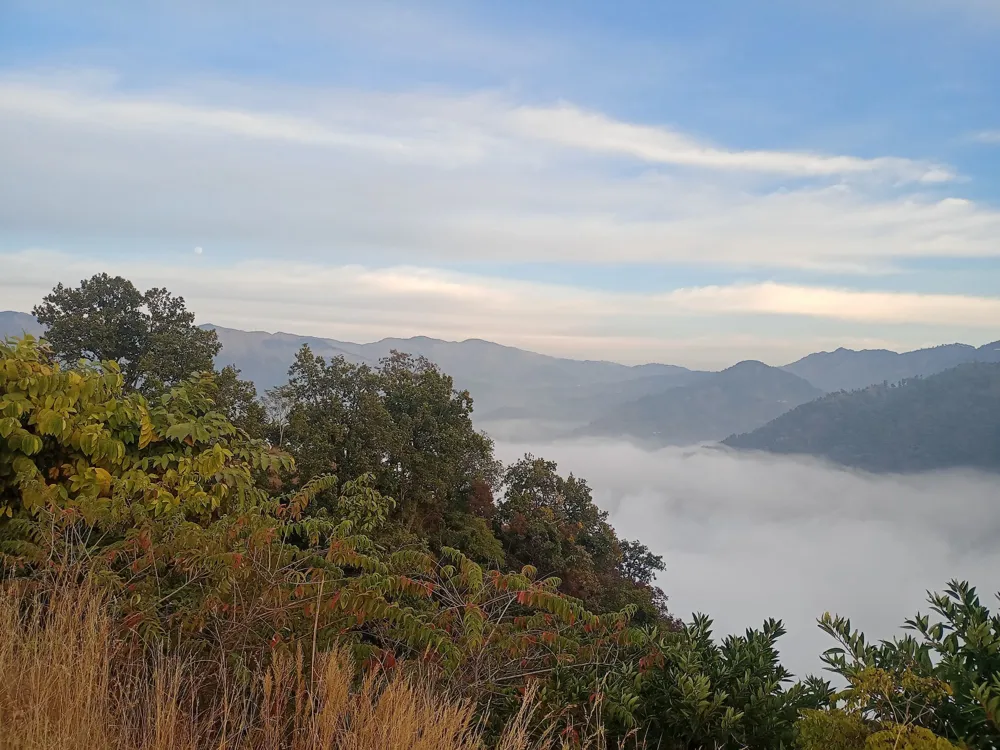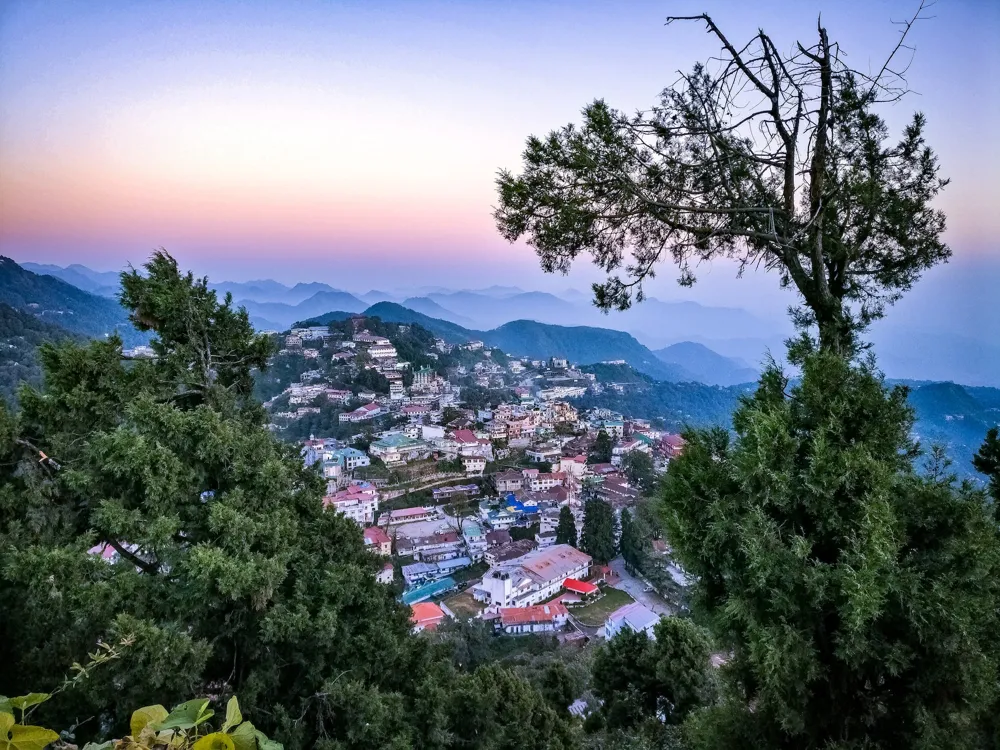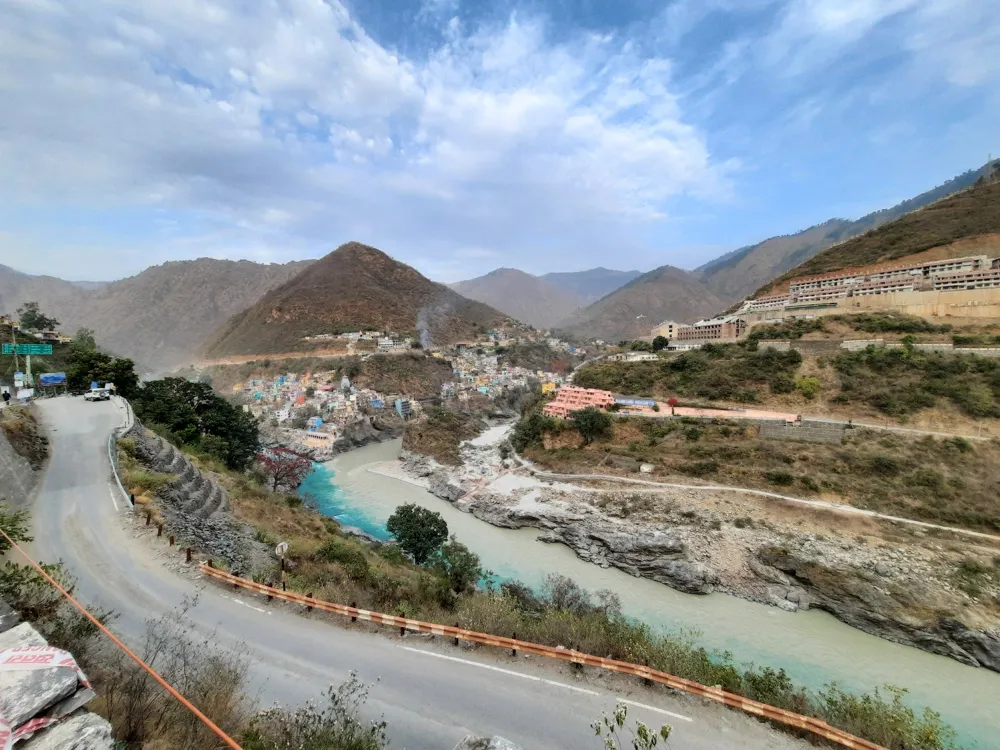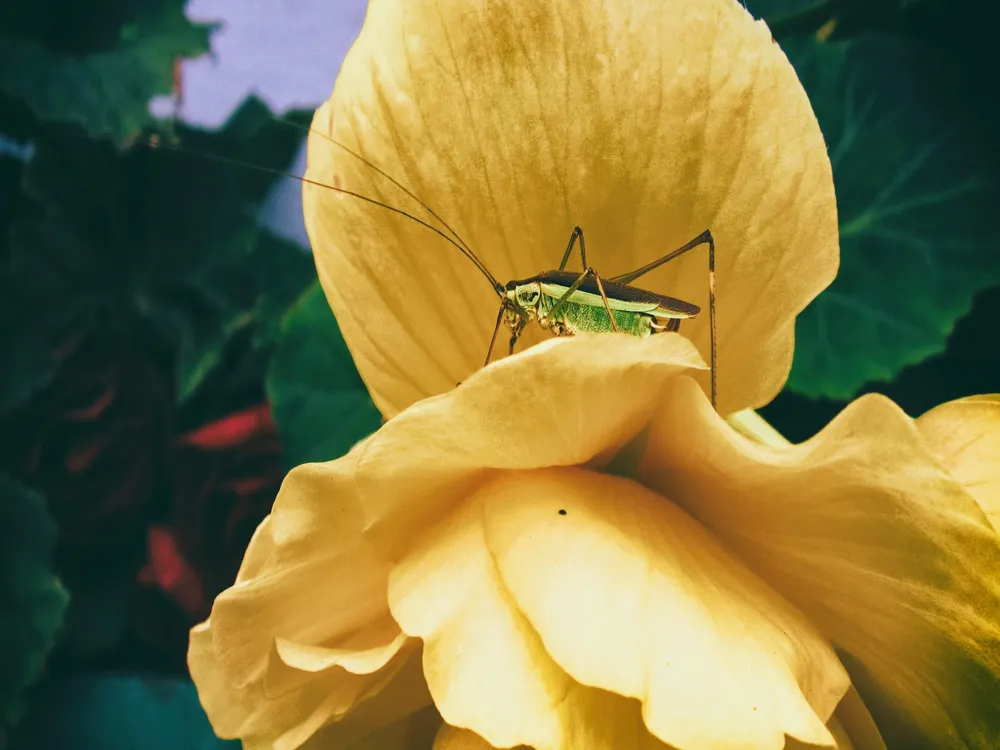Nestled in the picturesque state of Uttarakhand, the Kalagarh Tiger Reserve is a pristine wildlife sanctuary and an integral part of the renowned Jim Corbett National Park. This reserve, spanning over 300 square kilometers, is not just a haven for wildlife enthusiasts but also a vibrant testament to India's commitment to preserving its rich biodiversity. The reserve is strategically located at the foothills of the Himalayas, offering a breathtaking panorama of the natural world. The Kalagarh Tiger Reserve, established in 1974 under Project Tiger, has played a pivotal role in the conservation of the Royal Bengal Tiger, an endangered species. The reserve's varied topography, comprising hilly terrains, ravines, plateaus, and rolling grasslands, creates a unique habitat for a diverse range of flora and fauna. The Ramganga River meanders through the reserve, adding to its scenic beauty and ecological significance. Visitors to Kalagarh Tiger Reserve are treated to an array of wildlife. Apart from the majestic tigers, the reserve is home to leopards, Asian elephants, sloth bears, and several species of deer including the spotted deer, sambar, and barking deer. The reserve is also a birdwatcher's paradise, with over 580 bird species, including the great pied hornbill, white-backed vulture, and Pallas's fish eagle. The reserve's rich biodiversity is complemented by its cultural tapestry. The indigenous communities residing around the reserve, such as the Van Gujjars, have a harmonious relationship with the forest and its denizens. Their traditional practices and sustainable lifestyle offer an insightful glimpse into living in tandem with nature. Kalagarh Tiger Reserve is not just a wildlife sanctuary; it's a vital ecological corridor that connects different parts of the Himalayan ecosystem. This connectivity is crucial for the genetic diversity of wildlife populations, especially for wide-ranging species like the tiger. The reserve's role in ecological balance and conservation is invaluable, making it a significant landmark in India's wildlife landscape. The architecture of Kalagarh Tiger Reserve is not about man-made structures, but rather the intricate and awe-inspiring design of nature itself. The reserve's landscape is a mosaic of dense sal forests, bamboo thickets, grasslands, and riverine habitats, each playing a vital role in the ecosystem. The reserve's topography is dominated by the picturesque Shivalik Hills, which form a part of the Lesser Himalayas. These hills are characterized by narrow, rocky ridges interspersed with wide valleys. The elevation in the reserve varies dramatically, adding to the diversity of habitats. The higher altitudes are cooler and support a different type of vegetation compared to the warmer and more humid lower areas. The Ramganga River, a lifeline of the reserve, cuts through the landscape, creating deep ravines and gorges. This river is not just a water source but also a critical habitat for aquatic species and a corridor for wildlife movement. Along its banks, one can find a rich variety of flora including several medicinal plants and herbs. The riverine forests along the Ramganga are dense and provide excellent cover for wildlife. The reserve's unique architecture is also evident in its seasonal variations. The monsoons transform the landscape into a lush green paradise, while the winters have a stark, haunting beauty as the deciduous trees shed their leaves. The summer months bring a different hue to the reserve, with the grasslands turning golden and the water bodies shrinking, concentrating wildlife around them. This dynamic and diverse architecture of Kalagarh Tiger Reserve plays a crucial role in supporting a wide array of wildlife species. The varying altitudes, terrain, vegetation, and climate conditions create numerous ecological niches, each supporting different life forms. This natural architecture is a testament to the complexity and resilience of the ecosystem. The best time to visit Kalagarh Tiger Reserve is from November to June, with the peak season being December to March. It's advisable to book safaris and accommodation well in advance, especially during the peak season. Check the weather forecast and pack accordingly, keeping in mind the reserve's varying terrain and climate. Always follow the guidelines provided by the reserve authorities. Keep noise to a minimum to avoid disturbing the wildlife. Never try to feed or approach the animals, and maintain a safe distance at all times. It's essential to stay within the designated safari zones and follow the specified routes. For photography enthusiasts, bring a good camera with a zoom lens. The reserve offers excellent opportunities for wildlife photography, but it's important to respect the animals and their habitat. Use natural light to your advantage, and avoid using flash photography as it can disturb the animals. It is crucial to leave no trace of your visit. Dispose of waste properly, avoid littering, and do not damage the flora and fauna. The reserve is a protected area, and its conservation is essential for the wildlife that calls it home. Respect the local culture and traditions of the indigenous communities around the reserve. Engaging with local guides and staying in community-run homestays can enrich your experience and contribute to sustainable tourism. Kalagarh Tiger Reserve is well-connected and accessible by various modes of transportation. The nearest airport is Jolly Grant Airport in Dehradun, about 145 kilometers away. For those preferring rail, the nearest railway station is at Kotdwar, approximately 48 kilometers from the reserve. Road connectivity to Kalagarh is excellent, with regular bus services and taxis available from major cities like Delhi, Dehradun, and Nainital. Self-driving to the reserve is also a popular option, offering the flexibility to explore the scenic routes at one's own pace. Read More:Overview of Kalagarh Tiger Reserve, Lansdowne, Uttarakhand
Architecture of Kalagarh Tiger Reserve
Tips When Visiting Kalagarh Tiger Reserve
Plan Your Visit
Safari Etiquette
Photography Tips
Respect the Environment
Local Culture and Communities
How To Reach Kalagarh Tiger Reserve
Kalagarh Tiger Reserve
Lansdowne
Uttarakhand
NaN onwards
View lansdowne Packages
Weather :
Tags : Wildlife
Time Required : 1 - 2 hrs
Planning a Trip? Ask Your Question
Lansdowne Travel Packages
View All Packages For Lansdowne
Top Hotel Collections for Lansdowne

Private Pool

Luxury Hotels

5-Star Hotels

Pet Friendly
Top Hotels Near Lansdowne
Other Top Ranking Places In Lansdowne
View All Places To Visit In lansdowne
View lansdowne Packages
Weather :
Tags : Wildlife
Time Required : 1 - 2 hrs
Planning a Trip? Ask Your Question
Lansdowne Travel Packages
View All Packages For Lansdowne
Top Hotel Collections for Lansdowne

Private Pool

Luxury Hotels

5-Star Hotels

Pet Friendly







